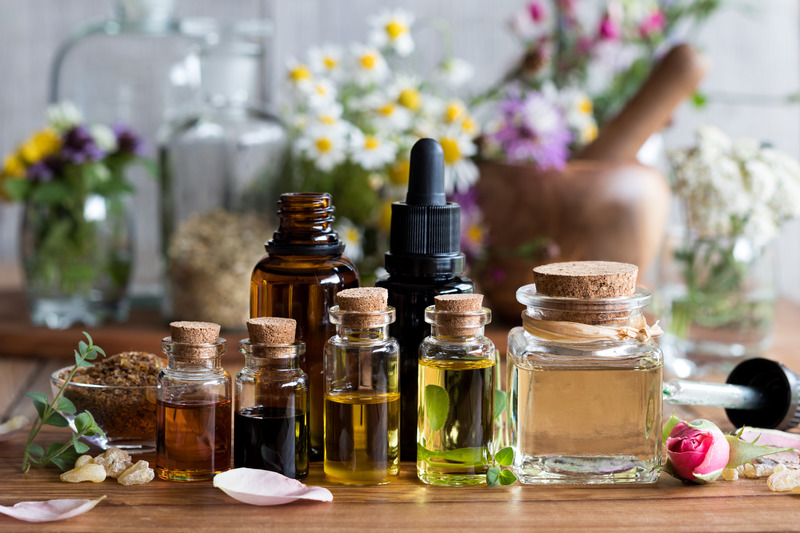Medicinal-aromatic plant essential oils are effective against bacteria, viruses, fungi, parasites and insecticides. Essential oils are widely used in the pharmaceutical, cosmetic and food industries.
Medicinal and aromatic plants with a wide range of use and application can be traded as dry and fresh as whole plants, as well as plant parts such as roots, branches, flowers, leaves, their crushed or ground forms, or tincture (dissolving in alcohol) in processed form It is offered for sale by making a single herb or mixture in the form of extracts prepared in different ways.
Medicinal and aromatic plants traded are obtained through agricultural production or direct collection from nature. Although the crops produced for agriculture vary from country to country, generally lavender (Lavandula spp.), Mint (Mentha spp.), Poppy (Papaver somniferum), thyme (Origanum spp) caraway (Carum carvi), fennel (Foeniculum vulgare), chamomile (Matricaria). Recutita), parsley (Petroselinum crispum), cinemaki (Cassia angustifolia), St. John’s Wort (Hypericum perforatum), have been produced and sold for many years.
Cultured medicinal and aromatic plants are mainly thyme, sage, thyme, mint, fennel, chamomile, rosemary, anise, dill, echinacea, basil, cumin, mustard, poppy, capers, flax, red pepper, coriander, lavender, saffron, sesame, and oil rose.
The number of medicinal plants in our country is around 500 and almost all of them grow naturally. Very few of these have been taken into culture. Among the medicinal and aromatic plants that are widely cultivated in our country, tea, rose, anise, mint, cumin, red pepper, fennel, bay leaf, carob, poppy, thyme, etc. countable.
Thyme production increased by 11 percent from 12 thousand tons to 14 thousand tons, Anatolian sage increased 6 times from 80 tons to 596 tons, lavender from 400 tons to 845 tons with an increase of 11 percent, black cumin rose 6 times from 425 tons to 3 thousand tons, fennel thousand 500 reached 2 thousand tons with an increase of 38 percent from tons. In addition to these products, species and varieties such as lemon balm, saffron, sweetgum, fennel, echinacea, saffron, St. John’s wort, orange anthracite, basil, gum, sugar grass, salep orchid, laurel, quinoa, buckwheat, stevia are available in the project provinces under the conditions of the farmers.

